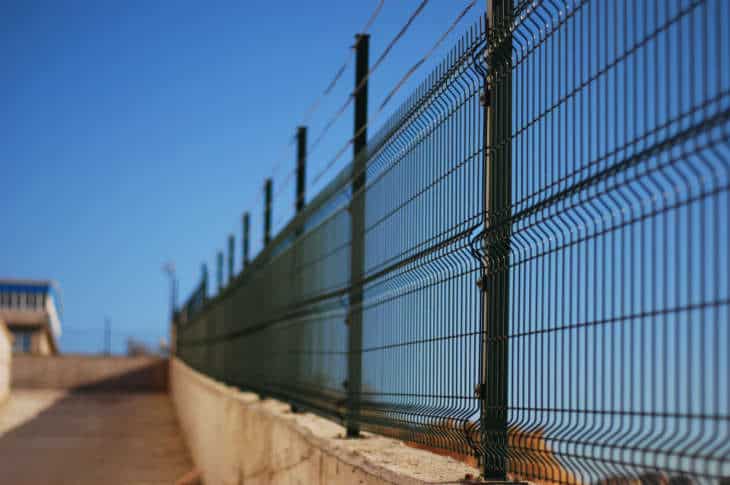Ensuring the security of large residential properties, such as private estates and luxury villas, presents a unique set of challenges. These properties typically cover vast areas, include multiple buildings, and often feature landscaped grounds, remote access points, and limited natural surveillance. Traditional security measures like CCTV, motion sensors, and manned patrols can fall short, either due to blind spots or delayed response times. Property owners are increasingly using cutting-edge technology, such as fiber optic intrusion detection, to address these issues and establish a proactive and intelligent security environment.
Understanding the Limitations of Conventional Security
The standard residential security setup usually combines cameras, alarm systems, and physical barriers such as walls and gates. Although there is some security provided by these techniques, they mostly rely on visual surveillance and reactive notifications. For large estates and villas with expansive perimeters, this approach is both resource-intensive and prone to vulnerabilities. Intruders may breach a section of the perimeter unnoticed or tamper with exposed sensors before detection. Moreover, many systems cannot distinguish between genuine threats and false alarms triggered by animals, weather, or environmental noise.
What Is Fiber Optic Intrusion Detection?
Fiber optic intrusion detection systems use fiber optic cables laid along a property’s perimeter fence, wall, or buried underground. These cables detect vibrations, movements, and pressure changes that occur along their length. Unlike traditional point-based sensors, fiber optics function as continuous sensors—monitoring every meter of the property boundary in real-time. The system detects attempts to climb, cut, or dig near the perimeter and immediately pinpoints the intrusion location with high accuracy, allowing rapid response before a breach can escalate.
This technology is entirely passive, meaning it does not emit signals or require power along the entire sensing path, making it immune to electromagnetic interference and safe for use in all weather conditions. As a result, it is ideal for high-end residential settings where aesthetic integrity and system reliability are both critical.
Why It’s Ideal for Estates and Villas
One of the most significant advantages of using fiber optic intrusion detection for estates and villas is its scalability and invisibility. The cable can be buried underground or integrated into the fencing structure, maintaining the elegant appearance of luxury homes without visible hardware. Additionally, the system can be configured to recognize different types of events—like footsteps, climbing, or digging—and filter out false alarms using intelligent algorithms.
Because estates and villas often host events, receive guests, and accommodate family activities, false alarms can disrupt daily life and lead to “alarm fatigue.” The ability to reduce false positives ensures the system is both discreet and reliable, providing peace of mind without inconvenience.
Integration with Existing Security Systems
A fiber optic security system does not operate in isolation. Instead, it integrates seamlessly with existing perimeter intrusion detection systems, video surveillance platforms, and access control solutions. When an intrusion attempt is detected, the system can trigger nearby cameras to focus on the location, send real-time alerts to security personnel, and even activate automated responses such as lighting or sirens.
This level of integration transforms passive security infrastructure into an active deterrent—ensuring any unauthorized access is both detected and confronted in real time. Additionally, all activity is logged and time-stamped, aiding in incident investigations and forensic analysis.
Long-Term Reliability and Cost-Effectiveness
The long-term advantages of fiber optic detection outweigh the initial installation costs, which may be higher than those of conventional systems. Fiber optic cables are low maintenance, long-lasting, and resilient to adverse environmental conditions. There are no electronic components exposed to the elements, which significantly reduces the risk of system failure. Over time, the reduced need for repairs, lower false alarm rates, and increased detection accuracy translate into a superior return on investment.
In today’s evolving security landscape, large residential properties demand more than just traditional surveillance. Fiber optic intrusion detection offers unmatched precision, scalability, and stealth, making it a top-tier solution for estates and villas. When integrated with broader perimeter intrusion detection systems, it provides a comprehensive shield that is proactive rather than reactive—ensuring safety, privacy, and peace of mind for property owners and residents alike.
